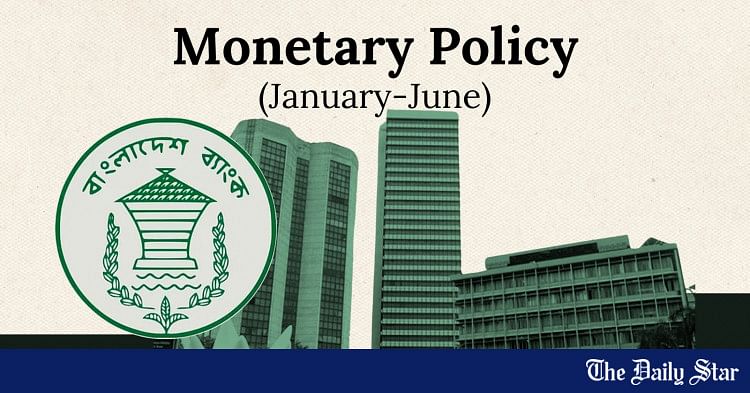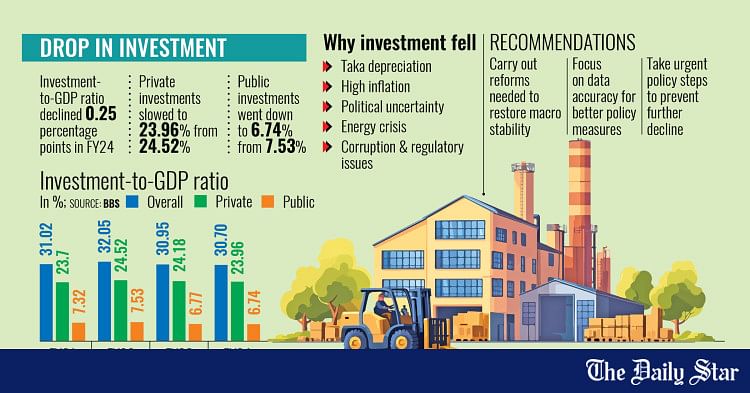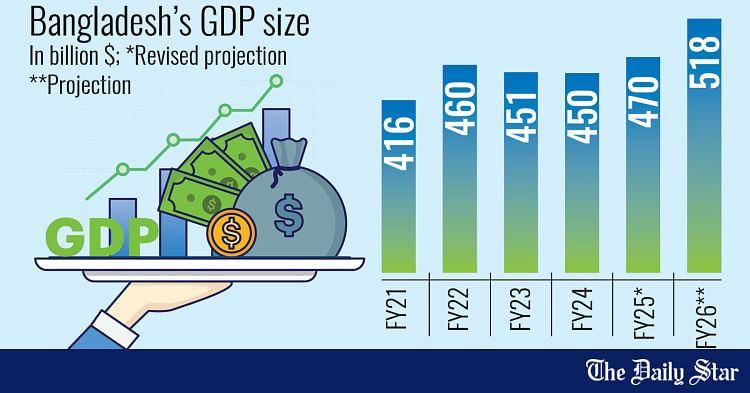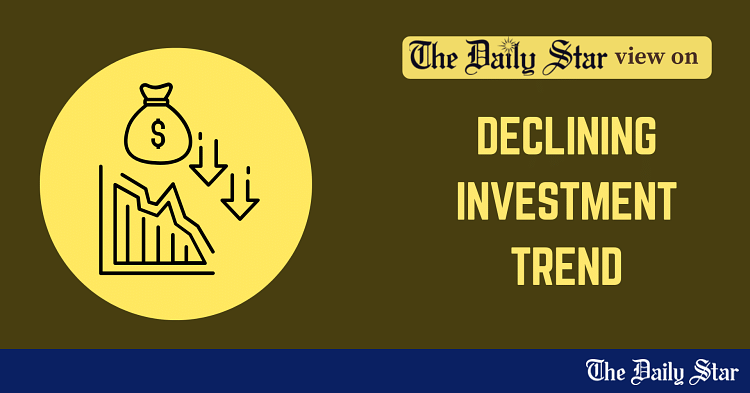- 2,960
- 1,465
- Copy to clipboard
- Moderator
- #521
Meghna Group of Industries, Hosendi, Meghna Ghat, Bangladesh
Follow along with the video below to see how to install our site as a web app on your home screen.

Note: this_feature_currently_requires_accessing_site_using_safari















 www.newagebd.net
www.newagebd.net






Loading...